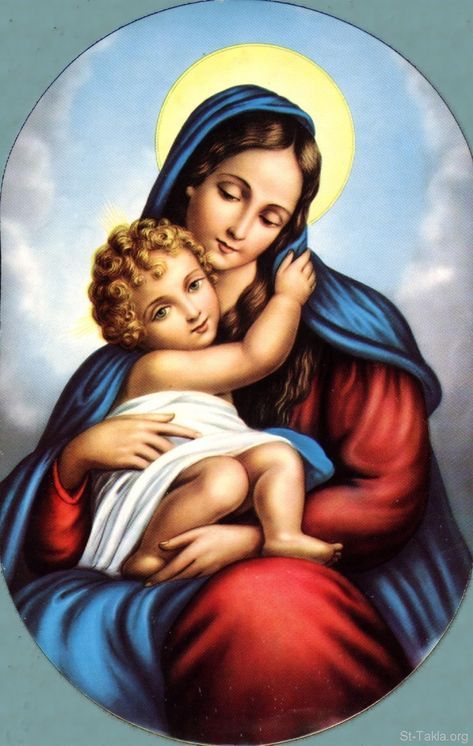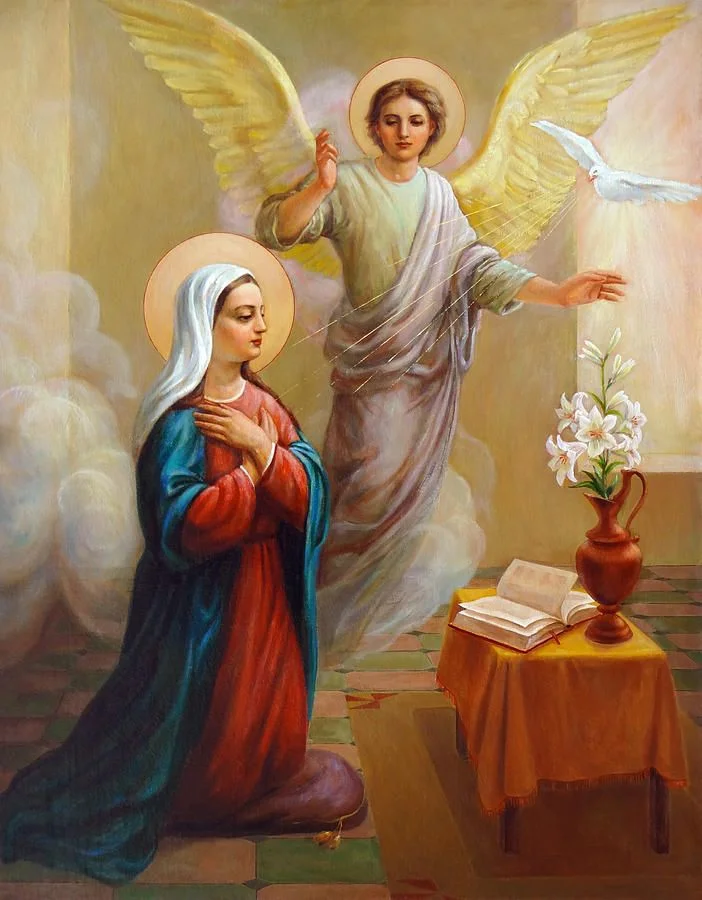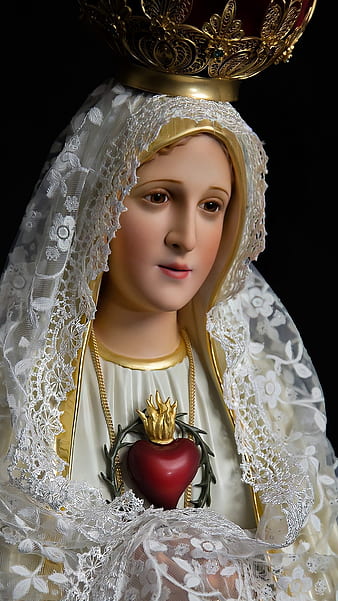Mary, Star of Evangelization: Spreading God's Word

Updated at: 2023-08-05 13:20:15 (2 years ago by Melkisedeck Leon Shine)
Mary, Star of Evangelization: Spreading God's Word ✨🌍
-
Introduction: The role of Mary, the Mother of God, in spreading the Word of God is truly remarkable. 🙏 Throughout history, she has been a shining example of faith and obedience, guiding us towards a deeper understanding of our Christian calling. Let us explore how Mary continues to inspire and lead us in our mission of evangelization.
-
The Annunciation: In the Gospel of Luke, we read about the angel Gabriel appearing to Mary and announcing that she would conceive a child by the power of the Holy Spirit. 😇 This event marks the beginning of Mary's journey as the bearer of God's Word. Through her humble acceptance, she became the vessel through which Jesus, the Savior of the world, entered into our lives.
-
The Visitation: After learning about her own miraculous conception, Mary wasted no time in bringing the good news to her cousin Elizabeth. 🤗 Their encounter is a beautiful example of how Mary's presence radiated joy and brought blessings to others. As we strive to spread God's Word, let us follow Mary's lead and reach out to those in need of comfort and encouragement.
-
The Wedding at Cana: When the wine ran out at the wedding feast, Mary turned to her son Jesus and asked for His intervention. 💦 This simple act of faith shows us Mary's role as our intercessor, always bringing our needs before her Son. Just as she interceded for the couple at Cana, Mary intercedes for us today, guiding and strengthening us in our mission of evangelization.
-
The Crucifixion: As Jesus hung on the cross, Mary stood beside Him, sharing in His suffering and offering her support. 💔 This powerful image illustrates Mary's unwavering faith and commitment to the mission of her Son. In our own efforts to share the Gospel, we can turn to Mary for guidance and strength, knowing that she understands our struggles and will walk with us every step of the way.
-
The Assumption: At the end of her earthly life, Mary was assumed body and soul into Heaven. 🌟 This glorious event confirms her special place in God's plan and her ongoing role as the Star of Evangelization. Just as she was lifted up to be with her Son, Mary continues to lift our hearts and minds towards the love and mercy of God.
-
The Rosary: The Rosary is a powerful prayer, often associated with Mary and her role in spreading the Word of God. 📿 By meditating on the mysteries of the Rosary, we enter into a deeper understanding of the life of Jesus and His teachings. The Rosary serves as a tool for evangelization, reminding us of Mary's intercession and inspiring us to share the Good News with others.
-
The Catechism of the Catholic Church: According to the Catechism, Mary's role in the Church is "intrinsic to Christian worship" (CCC 971). Her unique relationship with Jesus and her unwavering faith make her an essential figure in our spiritual journey. As we seek to spread God's Word, let us turn to the teachings of the Church and embrace Mary as our guide and model of evangelization.
-
Saints' Devotion to Mary: Throughout history, countless saints have held a deep devotion to Mary and her role in spreading the Gospel. St. Maximilian Kolbe, for example, referred to Mary as the "Immaculate Conception" and believed that through her intercession, souls could be saved. Saints such as St. Louis de Montfort and St. Teresa of Calcutta also emphasized the importance of Mary in our spiritual lives. Their examples encourage us to cultivate a strong relationship with Mary and seek her guidance in our evangelization efforts.
-
The Joyful Mystery of the Rosary: The Joyful Mystery of the Rosary, which includes the Annunciation and the Visitation, invites us to reflect on Mary's active role in proclaiming the Word of God. As we meditate on these mysteries, we are reminded of Mary's openness to God's will and her willingness to fulfill her mission as the Mother of God. Let us seek to imitate Mary's example and bring the joy of the Gospel to all we encounter.
-
The Magnificat: In the Gospel of Luke, Mary proclaims the Magnificat, a hymn of praise to God for His mighty deeds. 🎶 This beautiful prayer serves as a reminder of the transformative power of God's Word and the importance of spreading His message of love and salvation. As we strive to evangelize, let us allow the words of Mary's Magnificat to inspire and guide us.
-
Mary's Perpetual Virginity: According to the Catholic belief, Mary remained a virgin throughout her life, even after giving birth to Jesus. This unique aspect of Mary's life allows us to focus on her special relationship with God and her complete devotion to His will. By embracing Mary's example of purity and commitment, we can more effectively spread the Word of God with sincerity and integrity.
-
The Rosary & Evangelization: As Pope St. John Paul II said, "The Rosary is my favorite prayer, a marvelous prayer" (Saint John Paul II). This sentiment reflects the deep connection between the Rosary and the mission of evangelization. By praying the Rosary, we open ourselves to the guidance and intercession of Mary, who leads us to a deeper understanding of God's Word and empowers us to share it with others.
-
Mary, Our Mother: In the Catholic Church, we refer to Mary as our mother, acknowledging her care and guidance in our spiritual lives. Just as a loving mother supports and nurtures her children, Mary encourages us to grow in our faith and share the Gospel with others. By embracing Mary as our mother, we can find strength and inspiration in our mission of evangelization.
-
Closing: Mary, Star of Evangelization, continues to shine brightly, leading us towards a deeper understanding of God's Word and inspiring us to share it with the world. Through her example, intercession, and unwavering faith, she guides us in our mission of spreading the Good News. Let us embrace Mary as our mother and seek her guidance as we strive to fulfill our call to evangelize. How has Mary impacted your own journey of evangelization? We would love to hear your thoughts and experiences! 🌹🙏





